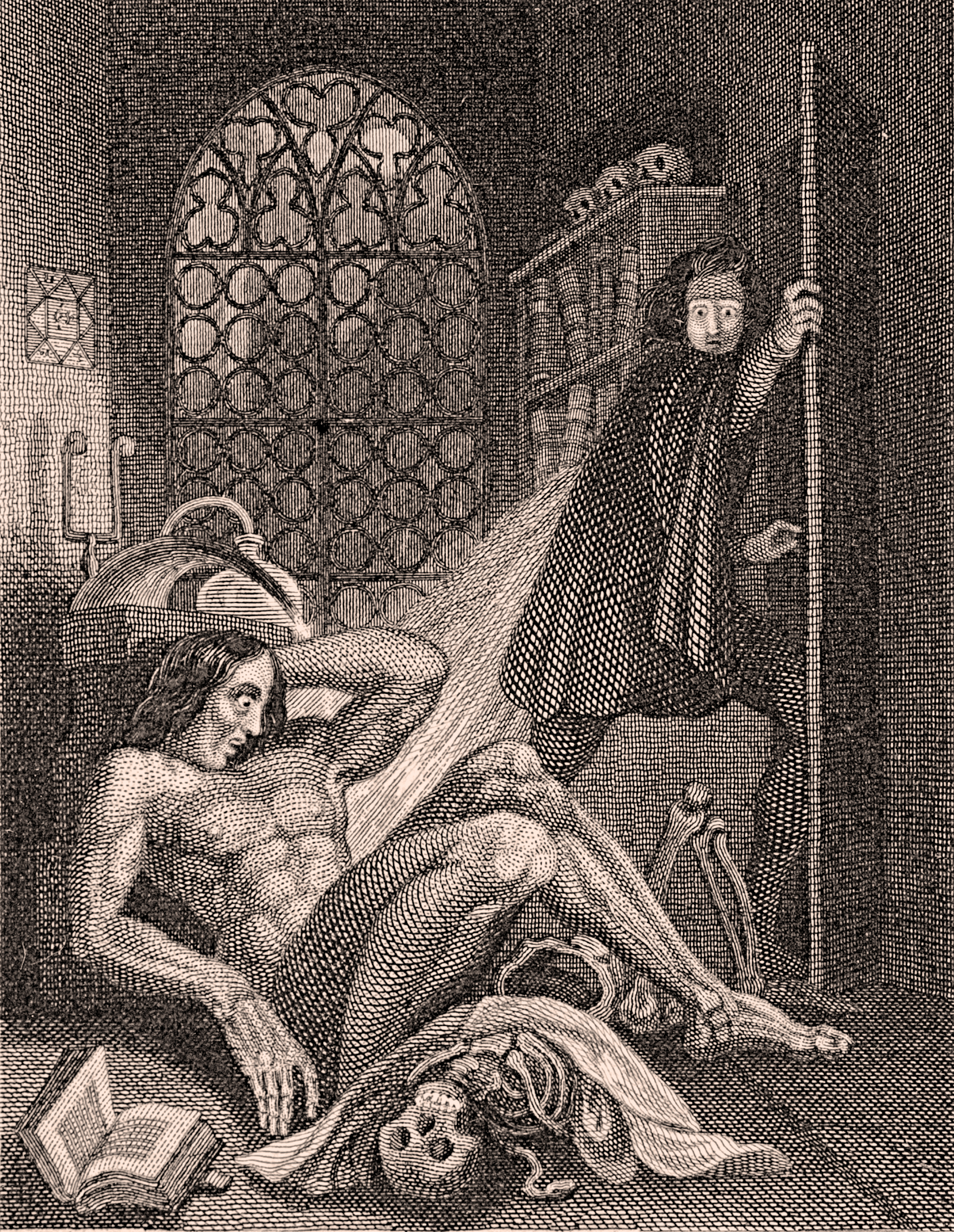https://en.wikipedia.org/wiki/Frankenstein%27s_monster#/media/File:Frontispiece_to_Frankenstein_1831.jpg

I think the monster’s image changes because society’s overall opinion of what we find repulsive changes. When the novel came out, it seems like people were afraid of giant, yellowish men. One thought I had is that Shelley used the yellowish skin as a similarity to being ill. Some diseases that were common back then (and frankly there are medicines with side effects today that cause yellow skin as well) had an effect of looking yellowish. Your skin can also turn a yellowish hue when you are malnourished. I think the image of Frankenstein’s monster changes through time because it is what society is unwilling to accept. So when Shelley wrote the novel, a sick, incredible tall person would be shunned from society. But for another example, the film adaptation mentioned in the blog assignment, the monster has green skin. This does not fit in any known category of human race. The green skin pushes it even further of the possibility of belonging to any group, and humans are afraid of things that don’t belong and are unknown. However, in recent shows (Once upon a Time and Penny Dreadful) the monster is very human looking with maybe some scars. The images of the monster are not completely off putting right away, which could mean that society’s view of the monster has shifted the monsterness (sorry not a word) internally.
I think the name Frankenstein could be tied to the monster because the name Frankenstein itself, is so iconic. That name has been used everywhere for a very long time. People use it for comparisons or insults. The name also could have arisen because of false information that people interpreted from the book. To be honest, I didn’t know Frankenstein was the name of the doctor until I read the book for the first time a couple years ago, I always assumed it was the monster from things I heard about or adaptations I watched. It could have stuck also because Dr. Frankenstein is the creator, so the monster takes the creator’s name. I also think that the name Frankenstein has stuck because of society’s need to name things. We nickname serial killers, cars, literally almost everything. I don’t think society would have agreed with Shelley with keeping the monster nameless, they would have thought that the monster needed a label, and what easier label than the famous name of the doctor that created it?
No comments:
Post a Comment